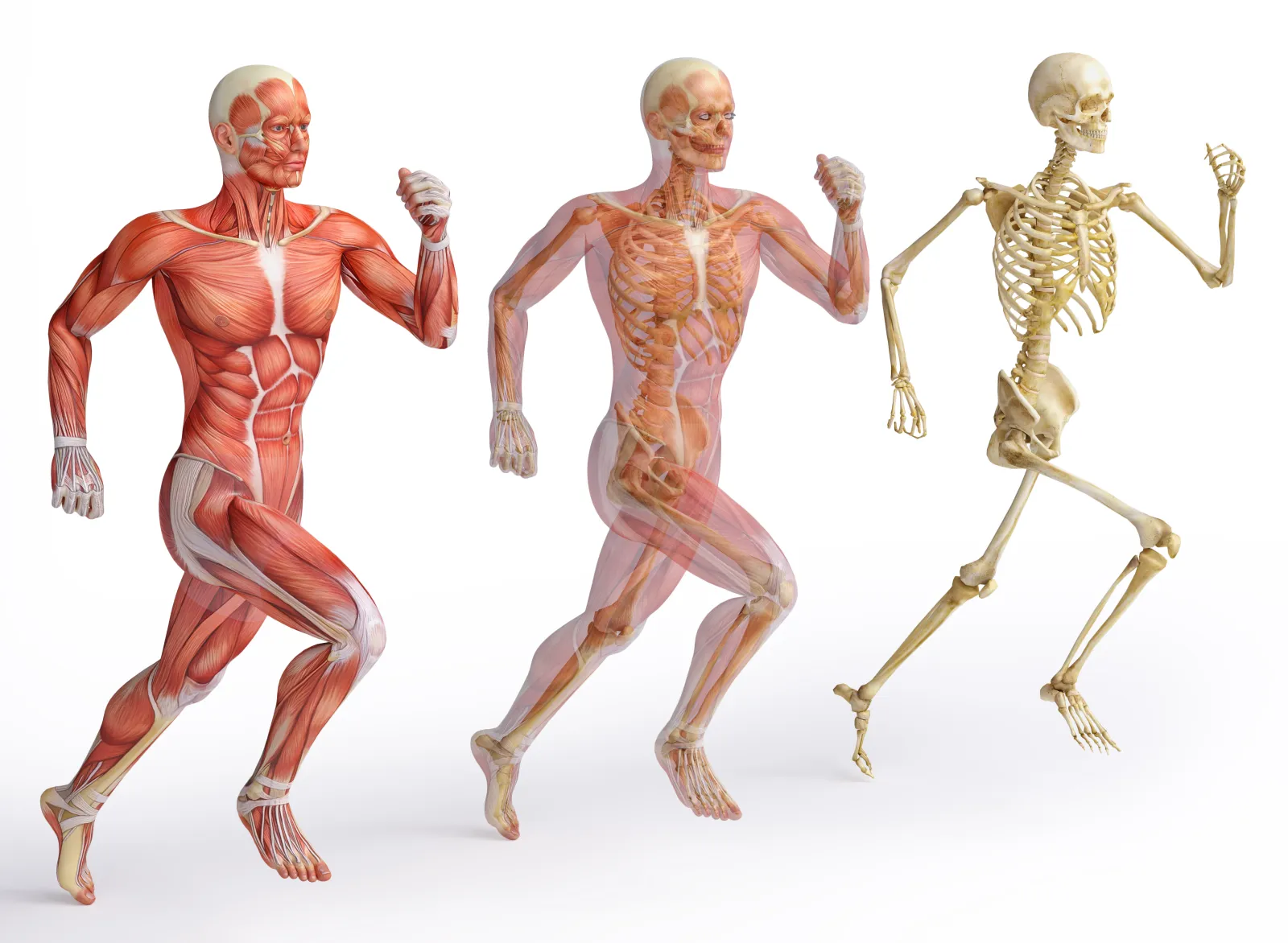
Cartilage is an important part of the body's anatomy. It has several essential functions, including holding the bones together, supporting other tissues, reducing friction on the bones, and providing a cushion between the joints.
If the hip cartilage becomes damaged, it can cause severe pain and inhibit your mobility. Non-invasive treatments and hip surgery can be performed to improve overall body function.
At Orthopaedic Specialists of Austin, we provide a variety of preventative and restorative treatments for hip cartilage damage. Read on to learn more, and then contact our Austin, TX practice to schedule a consultation with us.
Signs of Damaged Cartilage
All cartilage can be damaged, causing severe pain, stiffness, inflammation, and decreased range of motion. As the damage progresses, pain gets worse and it becomes more difficult to complete normal daily tasks.
The hip, specifically, has an edge of rubber-like fibrocartilage called the labrum. The purpose of the labrum is to provide cushioning at the joints and seal in fluid. When joint fluid is maintained and healthy, it will protect the cartilage layers of the hip bones so that the thighbone can move easily and remain comfortable in the hip socket.
Causes of Damage to Cartilage
There are several reasons cartilage can become damaged:
- Heavy impact: If a joint receives a direct blow to the cartilage, it may be damaged. Those who play high impact sports have a greater risk of this occurring.
- Wear and tear: Long periods of stress to the cartilage can damage it over time. Obesity is a common cause of cartilage damage because of the extra weight the body must carry.
- Lack of movement: To remain, the joints need to move on a regular basis. When they remain immobile due to long periods of inactivity, the risk for damage is higher.
Diagnosing Cartilage Damage
Determining the difference between cartilage and ligament damage can be difficult because of the similarities in symptoms. An MRI (magnetic resonance imaging) and arthroscopy can be used to identify problems.
An MRI provides a detailed image of the soft tissues. However, it cannot always detect cartilage damage.
An arthroscopy is a procedure in which an arthroscope is inserted into the joint to examine and repair it. The arthroscope is the most effective and useful diagnostic tool.
Treating Cartilage Damage
Many patients respond well to conservative, non-surgical treatment. This can include special exercises designed for the type of injury or physical therapy.
Non-steroidal anti-inflammatory drugs are helpful, or steroid injections may be injected.
A brace or splint may help support the joint while it heals. If the damage to the cartilage is not extensive, then these options may be all that is needed. If conservative treatment options have not helped, surgical options will be explored.
Surgical options include:
- Debridement: During this surgery, we smooth the damaged cartilage and clean up the loose edges. This prevents it from disturbing other parts of the body. The procedure is done with the use of small arthroscopic instruments.
- Marrow stimulation: In this procedure, micro-fractures are created to expose the blood vessels within the bone. The body's natural reaction is to form a blood clot inside the cartilage, which encourages the production of new cartilage. The new cartilage is not as strong and flexible as the original, so further surgery may be needed as the new cartilage wears away.
- Mosaicplasty: This procedure is used for isolated areas of damage from an accident or trauma. We take healthy, undamaged cartilage and move it to the damaged area. The technique is not suitable for large areas of injury or for patients over the age of 50.
- Autologous chondrocyte implantation: During this procedure, a small piece of cartilage is removed, sent to a laboratory, and grown in the lab to produce more cartilage cells. A few months later, the new cells are implanted into the damaged area to grow into healthy tissue.
Contact Us Today
Our team of doctors at the Orthopaedic Specialists of Austin are available to provide recommendations based on your condition. Conservative or surgical treatments will help manage your pain while improving your mobility. Contact us online to schedule a consultation or call us at 512-476-2830.
